
Наука_и_техника_Ч_1
.pdf
Министерство образования Республики Беларусь Учреждение образования
“Белорусский государственный университет информатики и радиоэлектроники”
Кафедра иностранных языков №1
Наука и техника
Методическое пособие по развитию навыков чтения на английском языке для студентов 1-2-го курсов вечерней формы обучения
В2-х частях Часть 1
Science and Engineering
Methodical Directions
on the Development of the Skills of Reading
for the 1st and 2nd Year Students of the Evening Department
Part 1
Минск 2005
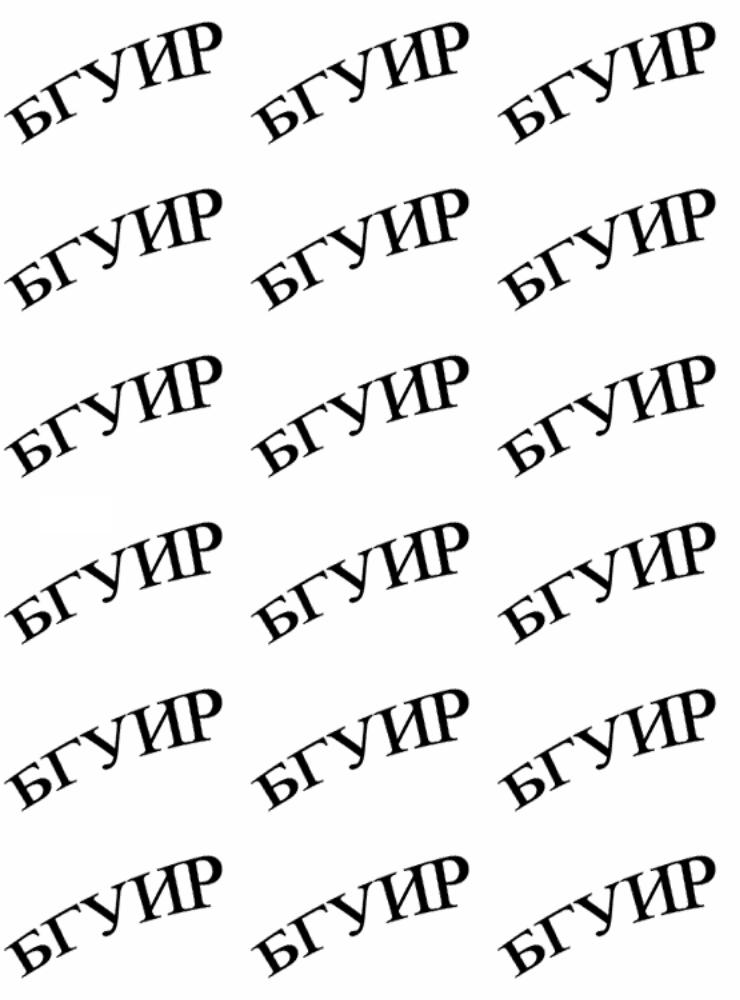
УДК 802.0(075.8) ББК 81.432.1 я73
Н 34
А в т о р ы:
А.М. Лазаренко, А.В. Крутченко, С.И. Лягушевич, И.Г. Маликова, О.В. Туник, Л.Е. Яцевич
Наука и техника: Методическое пособие по развитию навы-
Н34 ков чтения на англ. языке для студ. 1-2-го курсов вечерней формы обуч. В 2 ч. Ч. 1/ А.М. Лазаренко, А.В.Крутченко, С.И. Лягушевич
и др. – Мн.: БГУИР, 2005. – 94 с. ISBN 985-444-761-8 (ч.1)
Цель пособия – научить студентов читать и понимать научно-
техническую литературу на английском языке по специальности, развивать
навыки аннотирования и реферирования.
Каждый раздел сопровождается комплексом лексико-грамматических
упражнений и грамматическим справочником, а также ключами в конце
пособия.
УДК 802.0(075.8) ББК 81.432.1 я73
ISBN 985-444-761-8 (ч.1) |
© Коллектив авторов, 2005 |
ISBN 985-444-768-5 |
© БГУИР, 2005 |
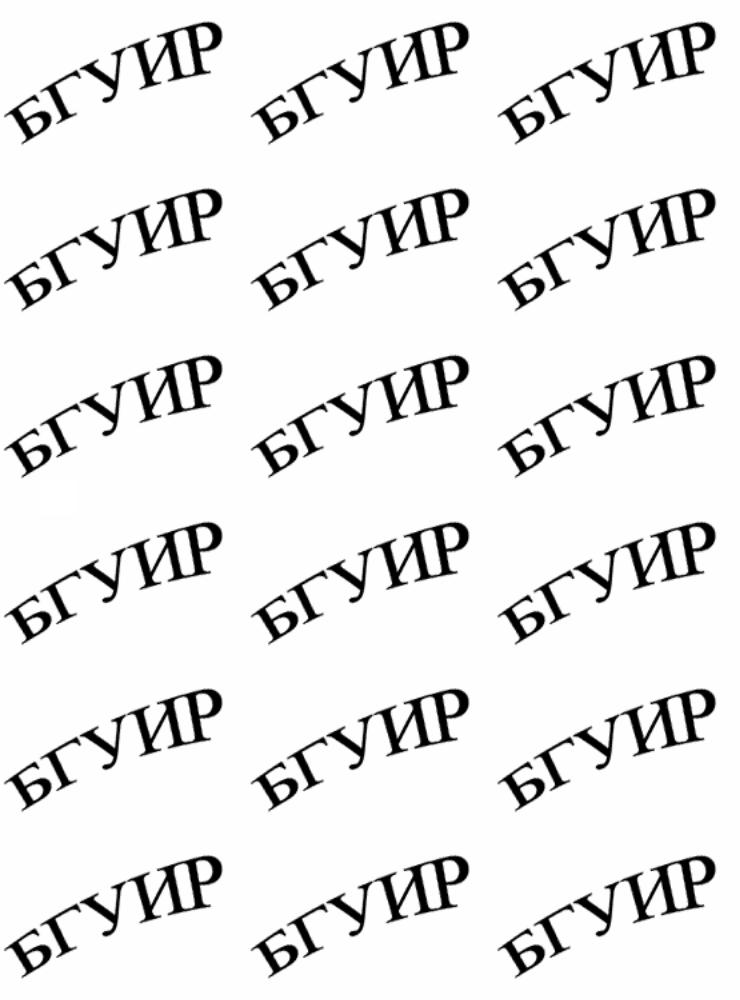
CONTENS
Unit I. Electricity …………………………………………………………..
Grammar Study. Simple Tenses, the verb “to be”……………… Unit II. Computers………………………………………………………….
Grammar Study. Сontinuous Tenses, the verb “to have”……… Unit III. Communication…………………………………………………...
Grammar Study. Perfect and Perfect Continuous
Tenses, the verb “to do”…………………………………………… Unit IV. Data Transport of Communication……………………………..
Grammar Study. English Tenses in the Passive Voice………… Unit V. Electricity: Energy of the Future…………………………………
Grammar Study. The verbs “should”, “would”. Subjunctive Mood, Conditionals, since, for, as,
because, because of, as well as, as to, due to………………….. Key…………………………………………………………………………..
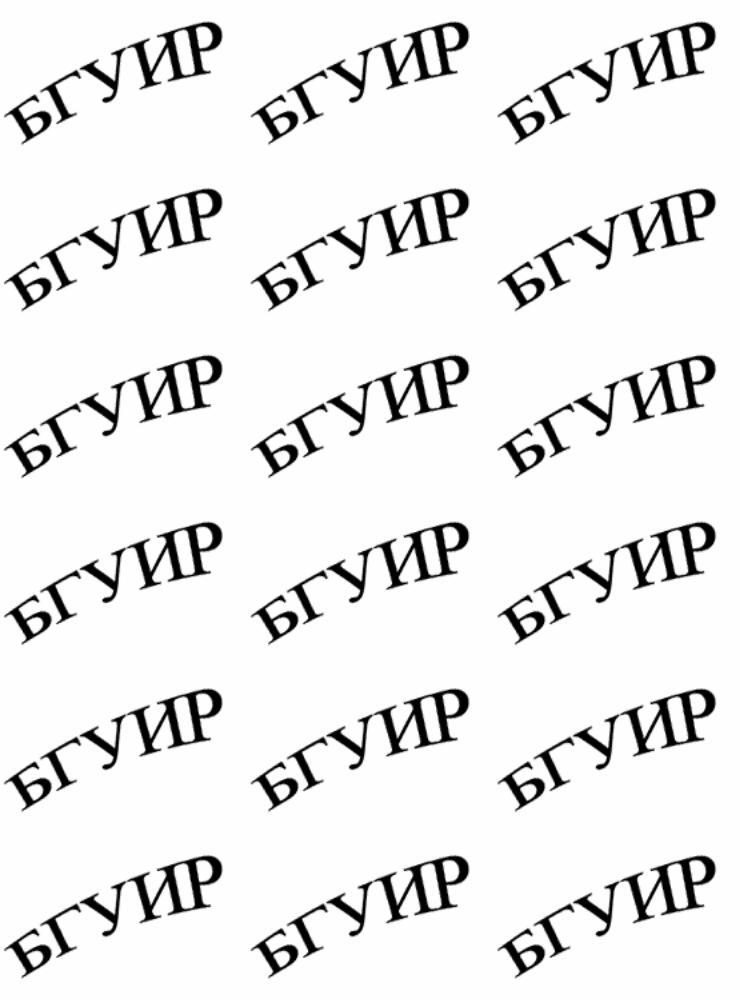
Unit I
Electricity
Vocabulary Study
Word List
Nouns and noun phrases
1. anode |
анод |
2. amplifier |
усилитель |
3. cathode |
катод |
4. charge |
заряд, заряжение |
electrical charge |
электрический заряд |
5. circuit |
цепь, схема |
6. current |
ток |
alternating current |
переменный ток |
direct current |
постоянный ток |
7. diode |
диод |
8. electrode |
электрод |
9. electron |
электрон |
10. enclosure |
огораживание, ограждение, ограда |
metal enclosure |
металлический баллон |
11. filament |
нить накала, нить |
12. flow |
течение, поток, струя |
13. grid |
сетка |
14. invention |
изобретение |
15. outside |
наружная сторона, внешняя |
|
поверхность |
16. oxide |
окись |
baring oxide |
окись бария |
strontium oxide |
окись стронция |
thorium oxide |
окись тория |
17. plate |
пластина, полоса |
18. power |
энергия |
19. rectifier |
выпрямитель |
20. supply |
питание, снабжение, поставка, подвод |
21. tube |
(электронная) лампа, (электронный) |
electron tube |
прибор; трубка, труба |
triode tube |
триод |
22. valve |
электронная лампа |
23. voltage |
напряжение, вольтаж |
Adjectives |
|
1. substantial |
вещественный, реальный, |
|
значительный, заметный |

|
Verbs |
действовать |
1. |
act |
|
2. |
apply |
применять, прилагать |
3. |
cause |
вызывать |
4. |
coat |
покрывать |
5. |
conduct |
проводить |
6. |
control |
регулировать, контролировать, |
|
|
управлять |
7. |
emit |
испускать, излучать |
8. |
evacuate |
очищать |
|
evacuated atmosphere |
выкаченный воздух |
9. |
heat |
нагревать, накалять |
10. increase |
увеличивать, расти |
|
11. insulate |
изолировать |
|
12. place |
класть, положить, помещать |
|
13. seal |
опечатывать, пломбировать |
|
14. state |
заявлять, сказать, утверждать |
|
15. utilize |
использовать, утилизировать |
|
I.Read and translate the following words. Arrange them into the groups:
a)with one stress or stress on the first syllable; b) with the stress on the
second syllable; c) with two or more stresses.
Utilize, increase, insulate, filament, invention, electron, current, cathode, amplifier, diode, grid, oxide, plate, rectifier, substantial, apply, control, evacuate, emit, supply.
II. Match the words on the left with the definitions on the right.
1) electrode |
a. Flow of electricity through something or along a wire |
|
2) |
anode |
or cable. |
3) |
charge |
b. Amount of electricity put into an accumulator, |
4) |
current |
contained in a substance, etc. |
5) |
cathode |
c. Positively charged electrode (from which current |
6) |
circuit |
enters). |
7) |
filament |
d. Negative electrode in the form of filament which, |
8) |
apply |
when hot, releases negative electrons which are |
9) |
conduct |
attracted towards the anode. |
10) |
emit |
e. Closed path for an electrical current. |
|
|
f. Solid conductor by which an electric current enters |
or leaves a vacuum tube.
g. Slender thread, e.g. of wire in an electric light bulb. h. Make practical use of (research, a discovery).
i. Allow electric current to pass along or through. j. Give or send out.
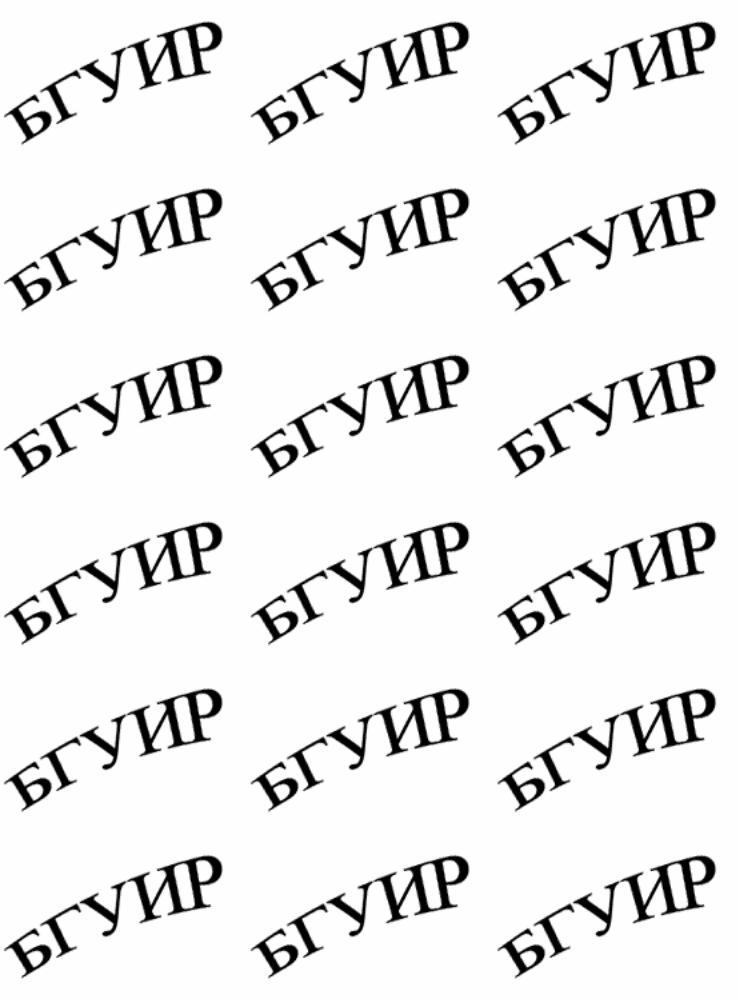
III.Choose:
a) a noun
1.a) invent; b) invention; c) inventive.
2.a) plateless; b) plateful; c) plate.
3.a) application; b) apply; c)applicable.
4.a) control; b) controllable; c) controller. b) a verb
1.a) utilization; b) utilize; c) utilizable.
c)an adjective
1.a) cause; b) causal; c) causeless.
d)an adverb
1.a) increase; b) increasingly; c) increased.
IV. Define the meaning of the “x” words.
1)Enclose: enclosure = x: огораживание.
2)Oxide: oxidation = окислять: x.
3)Conduct: conductivity = x: проводимость.
4)Emit: emission = излучать: x.
5)Evacuate: evacuation = x: очищение.
6)Insulate: insulation = x: изоляция.
V.Make adjectives from the following nouns by adding the suffixes: -al, - able, -ous, -ic, -ive.
Substantiation, act, state, utilization, charge, circuit, electron, invention.
VI. Arrange the words with similar meaning of the two groups in pairs.
To amplify, enclosure, flow, to supply, tube, power, substantial, to act, to apply, to cause, to coat, to control, to emit, to place, to state.
To confirm, to strengthen, current, to provide, energy, real, to do, to use, to regulate, to put, to radiate, fencing, valve, to occasion, to cover.
VII. Match the words with their opposites, like the example:
unknown |
well-known |
||
a) |
outside |
1) |
unreal |
b) |
anode |
2) |
to rest |
c) |
to rectify |
3) |
cathode |
d) |
substantial |
4) |
inside |
e) |
to act |
5) |
to distort |
f) |
to coat |
6) |
to uncover |
g) |
to evacuate |
7) |
to pollute |
h) |
to heat |
8) |
to cool |
i) |
to increase |
9) |
to decrease |
j) |
flow |
10) stagnation |
|
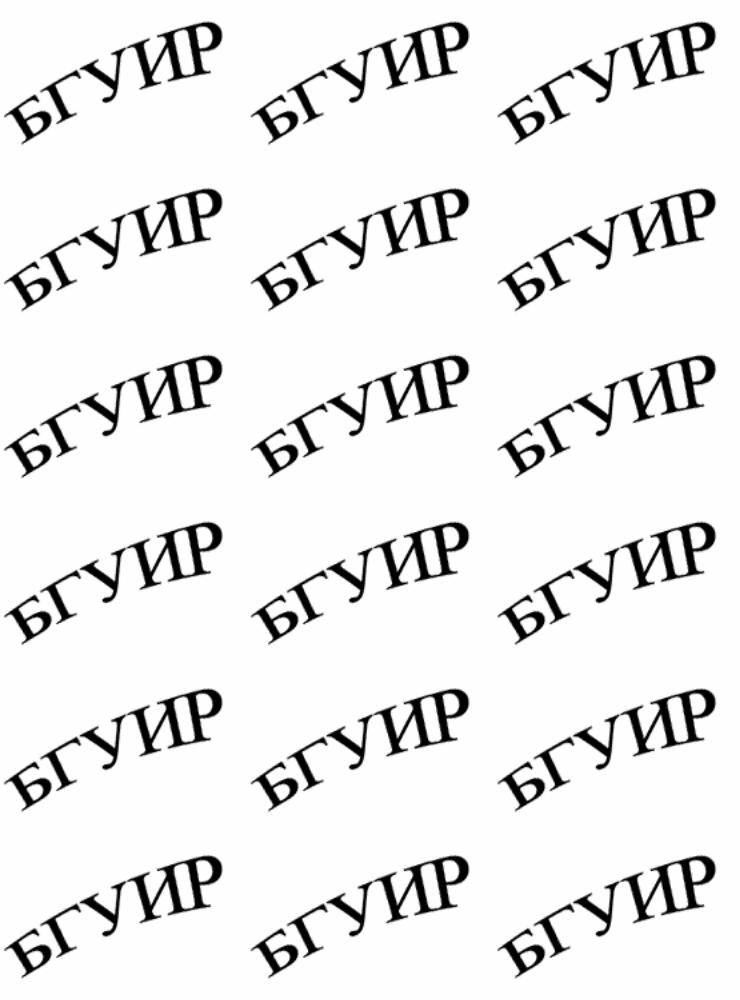
VIII. Match the verbs from ’’a’’ with the nouns from ’’b’’.
a) emit |
b) electrons |
heat |
cathode |
utilize |
filament |
insulate |
heater |
increase |
current |
conduct |
circuits |
control |
electrical charge |
place |
tube |
cause |
changes |
amplify |
voltage |
IX. Complete the sentences with the given words.
Invention, diode, is insulated, emits, alternating, direct, detector, enclosure.
1.The simplest of electron tubes is the …, which has two electrodes.
2.Modern electronic industry was born with the … of the electron tube.
3.The heated cathode … the electrons.
4.The heater … from the metal tube.
5.Diode tubes are often used to change … current to … current.
6.The diode tube can be used as a ….
7.An electron tube consists of a glass or metal ….
X. Translate into English.
1.Диод состоит из катода и анода.
2.Нагреватель обычно изолируется от металлической трубки.
3.Диод позволяет току течь только в одном направлении.
4.Диоды могут использоваться в качестве выпрямителей, чтобы превратить переменный ток в постоянный.
5.Диоды часто используются в радио и телевизорах.
6.Триод состоит из трех элементов: катода, анода и сетки.
7.Триод может использоваться как усилитель.
A.Text Study
I. Look at the title. What do you think this reading will be about?
Text A
THE ELECTRON TUBE
It may be stated that the modern electronic industry was born with the invention of the electron tube. An electron tube, also called a vacuum valve, consists of a glass or metal enclosure in which electrodes are placed and sealed in either a gaseous or an evacuated atmosphere.
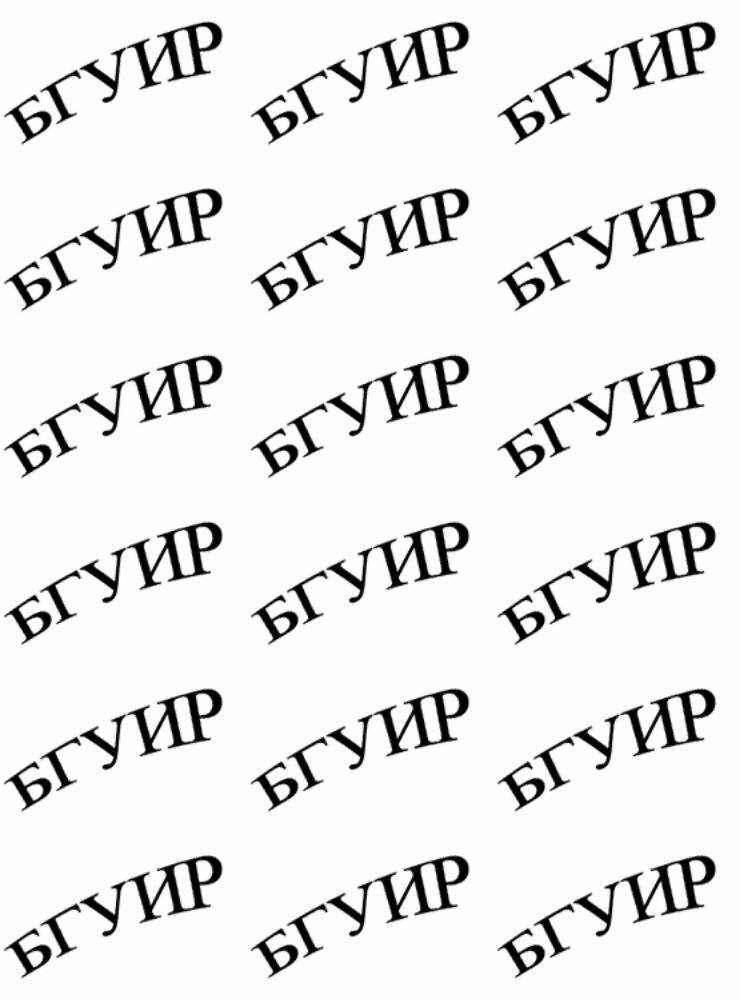
The simplest of electron tubes is the diode, which has two operating electrodes. One of these is the heated cathode, which emits the electrons, and the other is the plate or anode. The cathode may be directly heated or indirectly heated. The tube with the directly heated cathode utilizes the heated filament for the cathode; in this case the filament is coated with a special material, which greatly increases the number of electrons emitted. If the tube has an indirectly heated cathode, the cathode consists of a metal tube in the center of which is a filament or heater. The heater is insulated from the metal tube.
The outside of the cathode tube is covered with an electron-emitting material such as baring oxide, strontium oxide or thorium oxide.
The principal advantage of the diode tube is that it permits the flow of current in one direction only, that is, from the heated cathode to the anode. Alternating current applied to the cathode, the tube will conduct only during one half of each cycle, the cathode being negative and anode or plate being positive. For this reason diode tubes are often used as rectifiers to change alternating current to direct current. Diode tubes are used in the power-supply circuits of such electronic devices as radio and television. Another use of the diode tube is a detector (в качестве детектора).
The triode tube was discovered by adding a third element to the diode tube. The electron flowing from the cathode to the plate could be effectively controlled by changing the electrical charge on the grid placed between them. The effect of the grid in a triode makes it possible for the tube to act as an amplifier, small changes in voltage on the grid causing very substantial changes in the current flow from the cathode to the plate.
II. Read the text again carefully and answer the questions.
1.What was born with the invention of the electron tube?
2.What does an electron tube consist of?
3.What is the simplest of electron tubes?
4.What are the operating electrodes of the diode?
5.What is the difference between the tube with the directly and indirectly heated cathode?
6.What is covered with an electron-emitting material?
7.What is the principal advantage of the diode?
8.Why are diode tubes often used as rectifiers?
9.What does the triode tube consist of?
10.What does the grid make it possible to do in a triode?
III.Which of the vocabulary units used in paragraphs 1-2 could be regarded as international words?
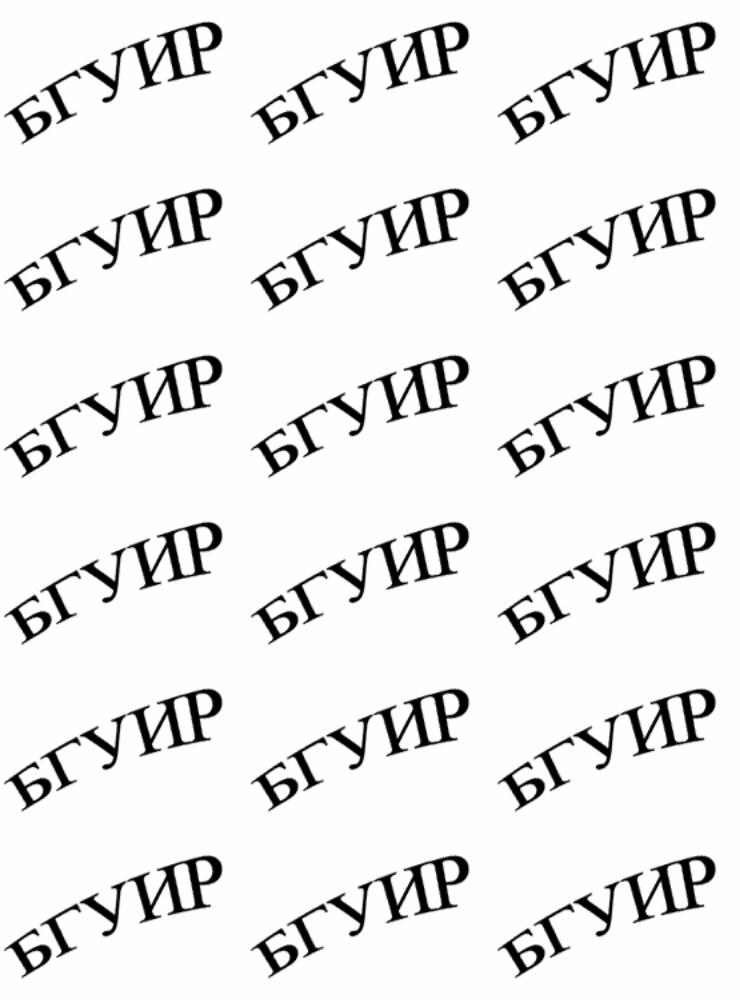
IV. Read the translation of the first paragraph. Compare it with the original and say if everything is right.
Утверждают, что современная электронная промышленность началась с изобретения электронной лампы. Электронная лампа также называется вакуумной лампой. Она состоит из стеклянного или металлического баллона, в который помещаются электроды и запечатываются либо в газообразной, либо в вакуумной атмосфере.
V. Find the English equivalents of the following words and word combinations in paragraph 2.
Диод, два действующих электрода, нагретый катод, испускать электроны, анод, нагретая нить накаливания, в этом случае, покрывать особым веществом, изолировать.
VI. Find the passage about the advantage of the diode and its use and translate it into Russian.
VII. Choose a passage and read it aloud (1-2 minutes).
VIII. Find complex grammar structures in the text and divide them into simple ones.
IX. Find out the subject-matter and the means of its secondary expression.
e.g. She likes to read books. They are interesting.
X.Find key words, phrases and the topic sentences which express the general meaning of each paragraph best of all.
XI. Using the information obtained from the paragraphs make a plan of the text.
XII. Speak about the electron tube using key words, phrases, the topic sentences and the plan of the text.
B.Text Study
I.Look at the title of the text. Make your predictions about the content of it. Read the text and answer the question.
When can people get an electric shock?
Text B
ELECTRIC SHOCK AND SAFETY ELECTRIC SYSTEM
The strength of current depends on both the voltage and the resistance in a circuit. A current of 50 ma is dangerous for a man; it may result in an electric shock. One gets an electric shock in case one touches live conductors when the power is on. And a current of 100 ma and higher is
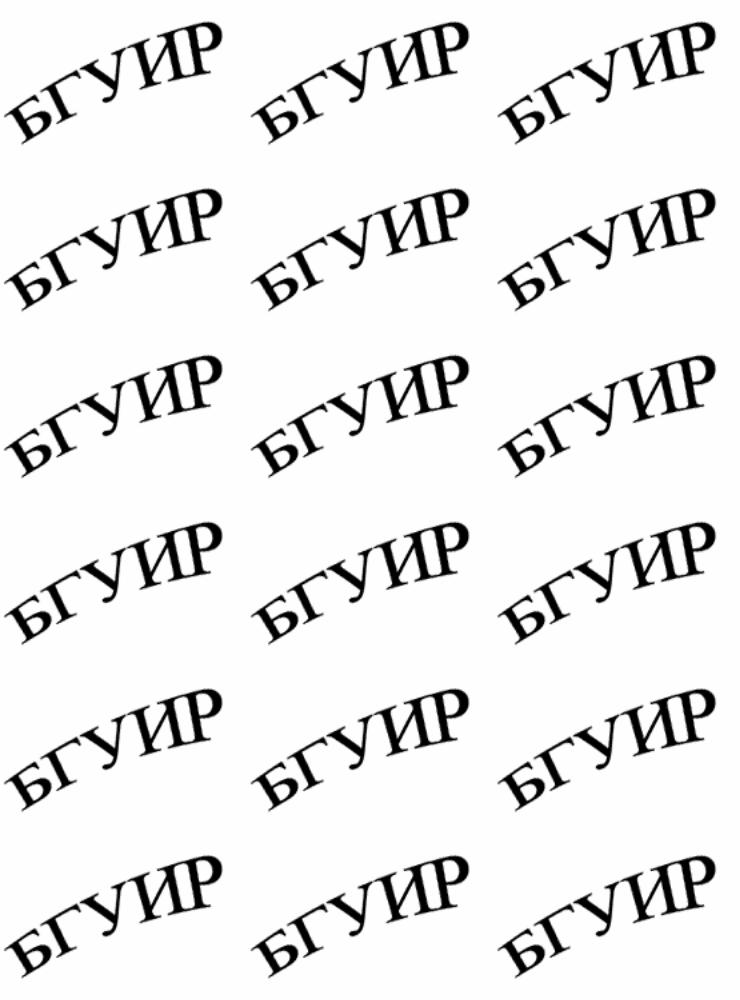
lethal. Thus, before working on a circuit, deenergize it and work on it with the power off.
Earthing system serves to protect attending personnel from electric shocks when voltage арреаrs on parts that are normally dead. The risk of an electric shock decreases with decreasing voltage. In wet and hot atmosphere the risk of electric shock increases. Safe voltage for circuits used in dry atmosphere is under 36 V. When the power is on contacts live conductors are dangerous for life. When a live conductor is touched with both hands the resistance of the conductor is from 10,000 to 50,000 ohms. When a live conductor is touched with one hand the resistance is much higher. The higher is the body resistance, the smaller is the current that flows through the body. Take it into consideration and work with one hand if the power is on! Or work on the circuit with the power off!
Thus measures are taken to protect attending personnel from contacts with live parts of installations under voltage.
The danger of electric shock disappears provided the metal parts of installations under voltage are connected with ground by means of safety earthing. Connecting to ground is made by means of measuring devices. The faulty parts should be detected, eliminated, and replaced by new ones.
II.Read the text and define whether the following statements are true or false.
1.A current of 60ma isn’t dangerous for a man.
2.When the power is on it’s possible to get an electric shock.
3.It’s impossible to protect people from electric shocks by means of earhting system.
4.The risk of electric shock decreases in wet and hot atmosphere.
5.The risk of electric shock is much higher when a live conductor is touched with one hand.
III. Expand the sentences.
1.The strength of current depends on both ….
2.One gets an electric shock in case ….
3.Safe voltage for circuits used in dry atmosphere is ….
4.When the power is on contacts live conductors are ….
5.The resistance of the conductor is from 10,000 to 50,000 ohms when ….
6.The higher is the body resistance, the smaller ….
7.The danger of electric shock disappears provided ….
IV. Now decide which of the following statements express important ideas or supporting details for this reading.
1. a) A current may be dangerous for a man, it may result in an electric shock.
